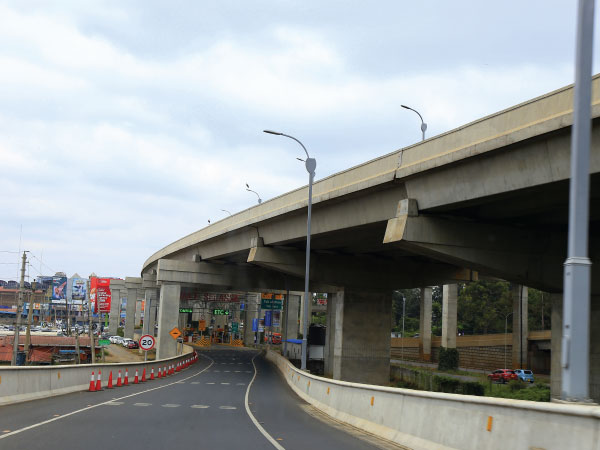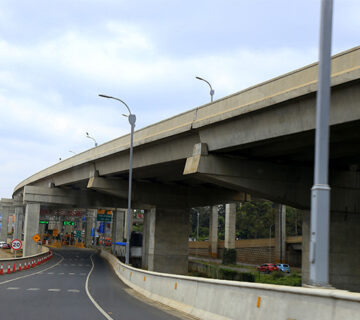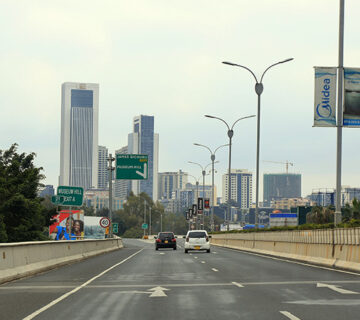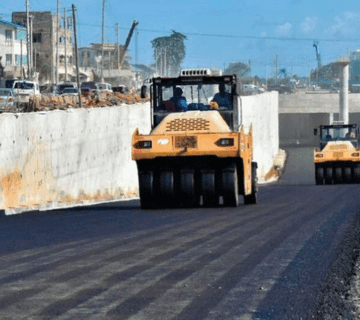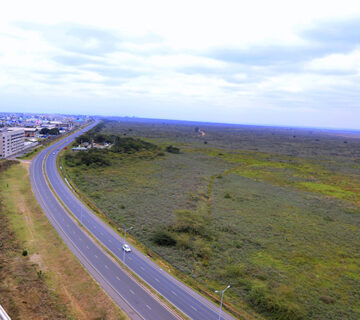Kenya is advancing plans for a series of mega infrastructure projects with the potential to transform the economy and strengthen the country’s competitiveness. These include the expansion of the Mombasa- Nairobi and Rironi-Mau Summit sections of the Northern Corridor, the connection of the Standard Gauge Railway (SGR) to Malaba and the expansion and modernisation of Jomo Kenyatta International Airport.
Economically, these projects make sense. They promise to unlock trade, ease congestion and enhance regional integration. But from a purely commercial perspective, most do not pass the viability test for private investors — and with the government’s current fiscal constraints, they cannot be delivered from public funds alone. Without targeted government support, the risk is that critical projects stall, or proceed under terms that undermine affordability and long-term competitiveness.
Economic vs Commercial Viability
A project is economically viable when the social and economic benefits outweigh the costs to build and operate it. It is commercially viable when it offers a sufficient return on investment for the private sector. For many of Kenya’s strategic projects, these two measures are not aligned.
Several factors explain why private capital alone cannot shoulder these projects:
- High capital costs: Projects such as the Standard Gauge Railway and the planned expansion of the Northern Corridor demand enormous upfront investment. These costs cannot be recovered within timeframes acceptable to lenders and investors without user charges that would make the projects unaffordable to the public. This mismatch between required capital and affordable tariffs means that, in their current form, such projects are difficult to finance purely from private capital.
- Unbalanced risk allocation: Kenya’s current PPP models often assign a disproportionate share of financial and operational risks to private partners, even when these risks are outside their control — for example, traffic shortfalls caused by competing routes, or currency fluctuations affecting debt servicing. This discourages credible investors, who typically expect risks to be borne by the party best able to manage them.
- Lack of financial support mechanisms: In many jurisdictions, governments provide a “safety net” through measures such as viability gap funding, partial CAPEX grants, loan guarantees or minimum revenue undertakings. Kenya’s reluctance to offer such support has left investors with unattractive risk–reward profiles, making large-scale financing difficult to secure at acceptable cost.
- Limited PPP track record: While Kenya has delivered several PPPs, it has yet to demonstrate sustained success in large, complex projects in sectors such as rail, aviation and power transmission. The absence of proven precedents — combined with past controversies, such as the public backlash over the proposed Adani-led JKIA concession — has created a perception of political and operational risk that deters long-term private finance.
- Capacity gaps at the County level: County governments could be fertile ground for smaller-scale, high-impact PPPs in areas such as urban transport, water supply and health facilities. Yet most lack the institutional experience to develop, negotiate and manage these projects effectively. Without clear precedents and stronger technical support, such initiatives remain vulnerable to mismanagement and the breakdown of trust between the public and private sectors.
A Supportive and Strategic Role for Government
Global experience shows that even advanced economies use targeted fiscal support to make strategic infrastructure bankable. In countries from the UK to India, governments have bridged the gap between economic and commercial viability through tools such as capital grants, minimum revenue guarantees, preferential tax treatment and risk-sharing agreements — all anchored in clear regulation and transparent procurement.
For Kenya, such measures are not a concession to private interests; they are an investment in national competitiveness. Without them, the Rironi–Mau Summit Road — now advancing rapidly through the PPP development phase and expected to break ground within weeks — risks opening with toll levels so high that freight operators may re-route to the Central Corridor through Tanzania, eroding Kenya’s position as the region’s primary trade artery. While financial close has not yet been confirmed, the pace of progress makes it critical to address affordability concerns before commitments are locked in.
To overcome these barriers, especially in the early phases of the implementation of the PPP programme, the Government of Kenya must adopt a more supportive and collaborative role.
An Immediate Call to Action
The current government regime has made infrastructure delivery a central part of its development agenda. But without immediate and deliberate fiscal support for selected strategic projects, affordability will suffer, economic competitiveness will decline and private investment will remain hesitant.
By combining financial backing with a stable regulatory environment, Kenya can attract quality private partners, ensure value for money and deliver the transformative projects that will underpin its growth for decades. The cost of inaction is not just delayed development — it is the loss of regional leadership in trade and investment.

